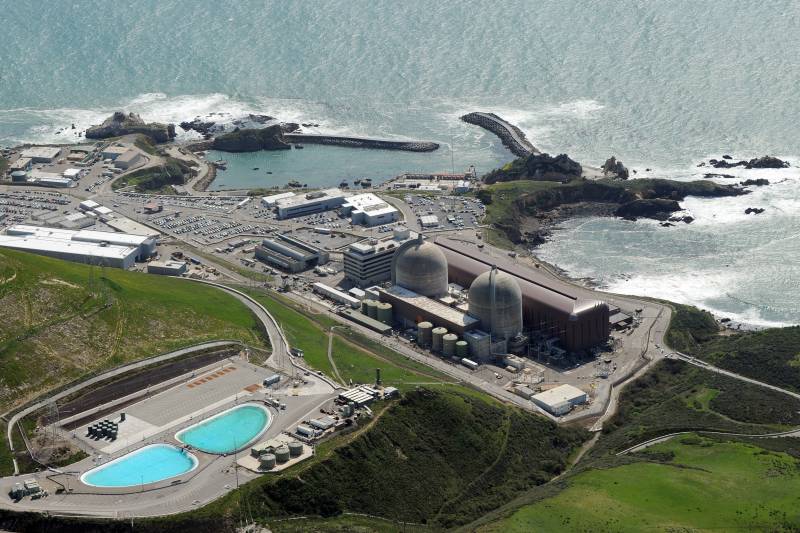The massive 2,200-megawatt Diablo Canyon Power Plant, the last-standing nuclear power facility in California, is scheduled to fully shut down operations by 2025, ending the state’s reliance on nuclear energy. Some energy experts, though, warn that shuttering the plant — a goal long sought by anti-nuclear advocates — could ultimately lead to a spike in the state’s greenhouse gas emissions.
According to a recent report from researchers at Stanford Energy, shuttering the San Luis Obispo County facility, which opened in 1985 in the face of fierce opposition, would likely make the state more dependent on natural gas for its electricity production. Natural gas is composed mostly of methane, a climate-warming gas more potent than carbon dioxide when released into the atmosphere.

